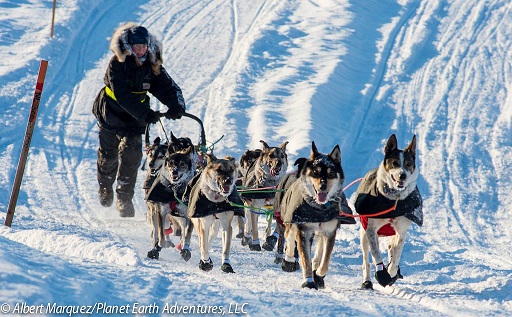
It takes a certain amount of grit and dedication to brave the elements of an Alaskan winter, but that’s just what Rob Avery did in January, when he headed north to volunteer his services at the Northern Lights 300 Dogsled Race.
Avery, a local veterinarian and owner of For the Love of Pets in Grass Valley, had always wanted to take part in a dogsled race.
After learning about the opportunity from a peer, he immediately applied to volunteer.
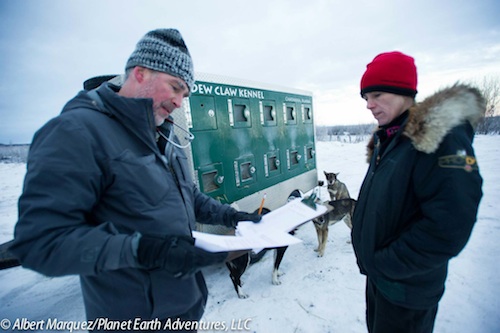
“I’m at the point in my career where I can take time to do it,” he said. “So I talked to my wife and it took about two minutes to decide.”
Avery needed only to get himself to Big Lake, Alaska for the race, where he was then shuttled to his training and checkpoint. The race is a qualifying event for the world-famous Iditarod, which started March 7 and wrapped up Wednesday.
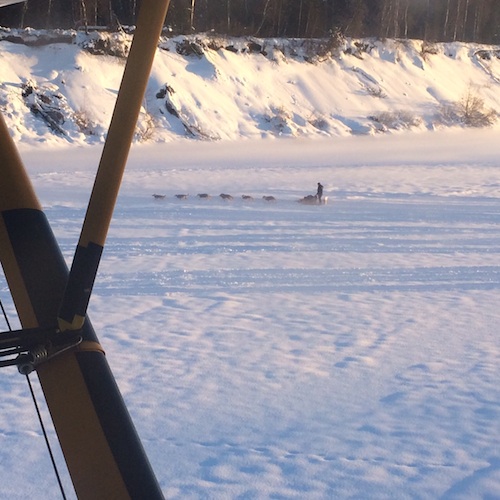
While the Iditarod challenges dogs and mushers to a 1,000-mile course, the Northern Lights covers an out-and-back 300-mile course.
Avery worked with other vets, assisting with pre-race physicals and was then stationed at the first checkpoint.
Unlike other races, checkups were voluntary and visual checks were done as requested by the musher.
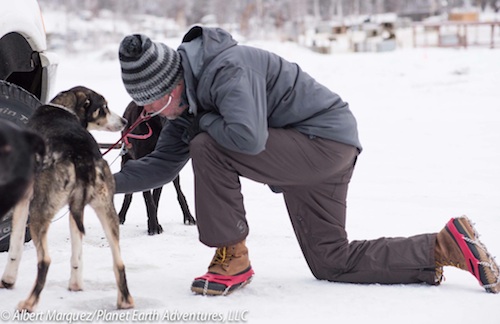
Having been trained and raised to compete in harsh elements, the dogs are in amazing shape, Avery said, and this being a pretty short race.
He was generally just asked to check for limps, joint, and other orthopedic issues.
Initially curious about the treatment of the dogs, Avery was relieved to learn that it was in no way exploitive.
“It was interesting. The dogs were having such a good time. They love what they do – barking and playing. And all the handlers are really in tune with their dogs,” Avery said.
Avery says that if a dog didn’t seem into the race or was simply not having fun, the handler would drop the dog, rather than subject it to any misery or a bad time.
Each musher started the race with 12 dogs, however they could finish with fewer if a dog fell ill, became injured, or simply wasn’t having fun.
Dropped dogs would then be flown back on a bush plane.
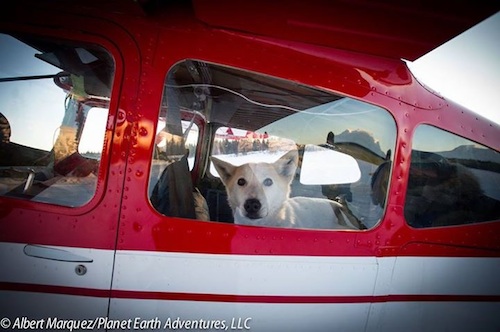
While the dogs seemed to thrive from the competition and shrug off the elements, it took Avery a bit more time to adjust.
Admittedly a warm-blooded Californian, he freshened up his ski and snow gear at REI before heading up. He was in for a chilly surprise when he arrived.
“They don’t even have the gear you need for that kind of weather in California,” he said. “Your breath just crystallized while you’re breathing. The crystals just float in the air in front of you.”
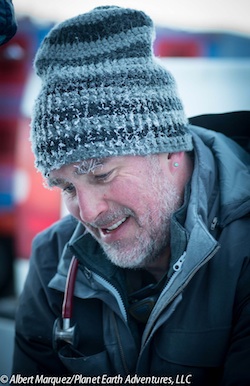
Race organizers loaned him a parka and the necessary gear to stay warm throughout his weeklong adventure.
He was never uncomfortable, just fascinated by the conditions.
He had dreamed of coming to Alaska and seeing the Northern Lights, which he did.
He spent four days at a riverside checkpoint for the race, but was there for about seven days altogether, including training and pack up.
Race manager Sue Allen had nothing but rave reviews about Avery’s enthusiasm. “He worked tirelessly (and sleeplessly) for three days. Sled dog races don’t stop because the sun goes down. So, for three days on just a few short naps, Rob worked with dog teams and mushers, helping to park teams, taking care of dropped dogs, raking straw,… The last night of the race saw temperatures drop to minus 30.”
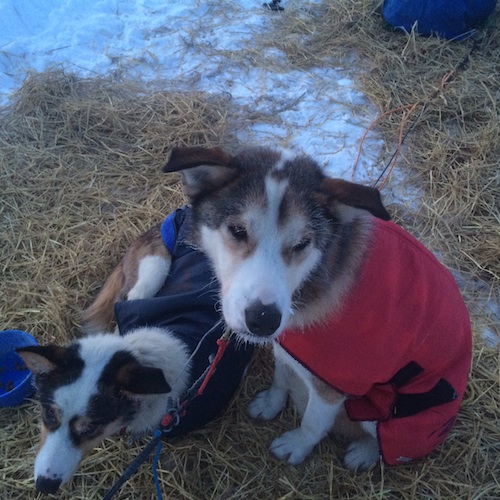
Avery said that despite the unexpected setbacks, it was the time of his life. When his rides in a bush plane fell through, he gamely drove a snow machine (Alaskan for snowmobile) 52 miles back to base camp, much to Allen’s surprise and delight.
“I don’t think that he had ever driven a snow machine,” she said. “If he hadn’t been willing to take on that challenge I would have had to pay to fly out and drive the machine home. I can’t tell you how impressed I was.”
While Allen notes Avery probably got more adventure than he bargained for, it won’t deter him from returning. “This is the beginning of a tradition for me,” he said.
